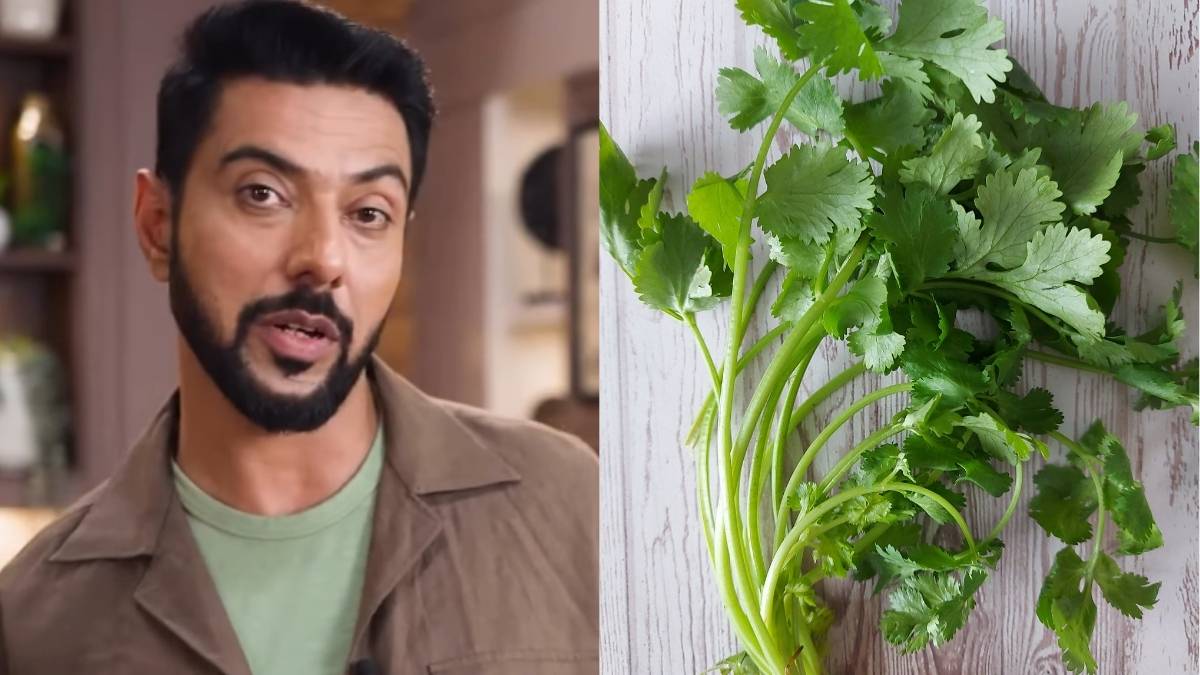As Onam celebrations come to an end, some of us may have been hopefully lucky enough to try a Sadya meal. At the centre of this vibrant celebration is the Onam Sadhya, a grand feast that captures the essence of Kerala’s rich cultural heritage. While the food is undoubtedly delicious, the way it’s eaten adds an extra layer of charm and significance to the experience. As I devoured my first Sadya meal this year, many questions persisted–why does the serving of dishes follow a certain order? Why is it mandatory to eat with your hands?
Navigating The Setup Of Onam Sadya Meal
Onam Sadya – #Onam lunch at home 😊#OnamAsamshakal #onam2021 #OnamWishes #OnamVibes pic.twitter.com/TocZEdluG0
— Rajeev Chandrasekhar 🇮🇳 (@RajeevRC_X) August 21, 2021
The Onam Sadhya is typically served during lunchtime, and the setting is a crucial aspect of the meal. Traditionally, families gather on the floor, sitting cross-legged, with a fresh banana leaf placed in front of each guest. The banana leaf signifies the connection between the meal and nature.
It all starts with the banana leaf, which is full of antioxidants and helps food to absorb polyphenols. This helps with the consumption of food. Moreover, the Onam Sadhya’s order of serving and traditional setup are more than mere rituals; they are carriers of Kerala’s heritage, values, and way of life.
Then, sitting on the floor, cross-legged, to partake in the Sadhya reinforces a sense of equality and humility. Yoga’s Ardha Padmasana or Sukhasana is the pose that is best suited to help channel blood flow to the stomach and improve digestion while you sit cross-legged on the floor to eat a sadya.
There are references to Ayurveda involved as well. “Kaale hithamit bhoji Kruth, Chamkraman kramen vamasaya,” which translates to “He who eats a balanced food is healthy, He who eats on time,” is cited in the Ashtavaidya Nambis. Thus, the sadhya is largely made by 10 AM so that it can be served in time for lunch. The emphasis on plant-based ingredients also aligns with Ayurvedic principles, promoting holistic health and well-being.
Also Read: Do You Know A Onam Sadya Meal Brings Shad-Rasa Or Six Tastes Together? Here’s How!
Eating With Hands Is Essential
Served on banana leaves and eaten with the hand, Sadya is a spread of curries, fried vegetables, and more. #OnamBeyondBorders #OnamFestKerala
Watch the Facebook Premiere: 27 Aug 2020 2:30 PM IST pic.twitter.com/ef4vpgIIEP
— Kerala Tourism (@KeralaTourism) August 27, 2020
The practice of eating with hands, often dismissed as archaic by some, is an essential aspect of the Onam Sadya. The practice of eating with hands in India is deeply rooted in the ancient science of Ayurveda.
According to Ayurveda, the fingers are an extension of the five elements present in the body: air, water, fire, earth, and ether. When the fingers come into contact with food, it is believed that these elemental energies are transferred. This enhances the digestion process and promotes overall well-being. A sadya can only be eaten with the right hand. Since the South is seen as unlucky, we eat the meal facing East, based on cosmic energy points. As fingers touch the flavours of Kerala’s rich culinary heritage, they also touch the essence of the community.
From the setup to the order of serving, from the flavours to the unity it fosters, every aspect of this grand feast is a testament to the deep-rooted values and vibrant heritage of Kerala.
If you have never tasted an Onam Sadya meal, make it a point to do so because it leaves a lasting imprint on both the heart and the palate.
Cover image credits:Canva
First Published: August 29, 2023 4:07 PM



